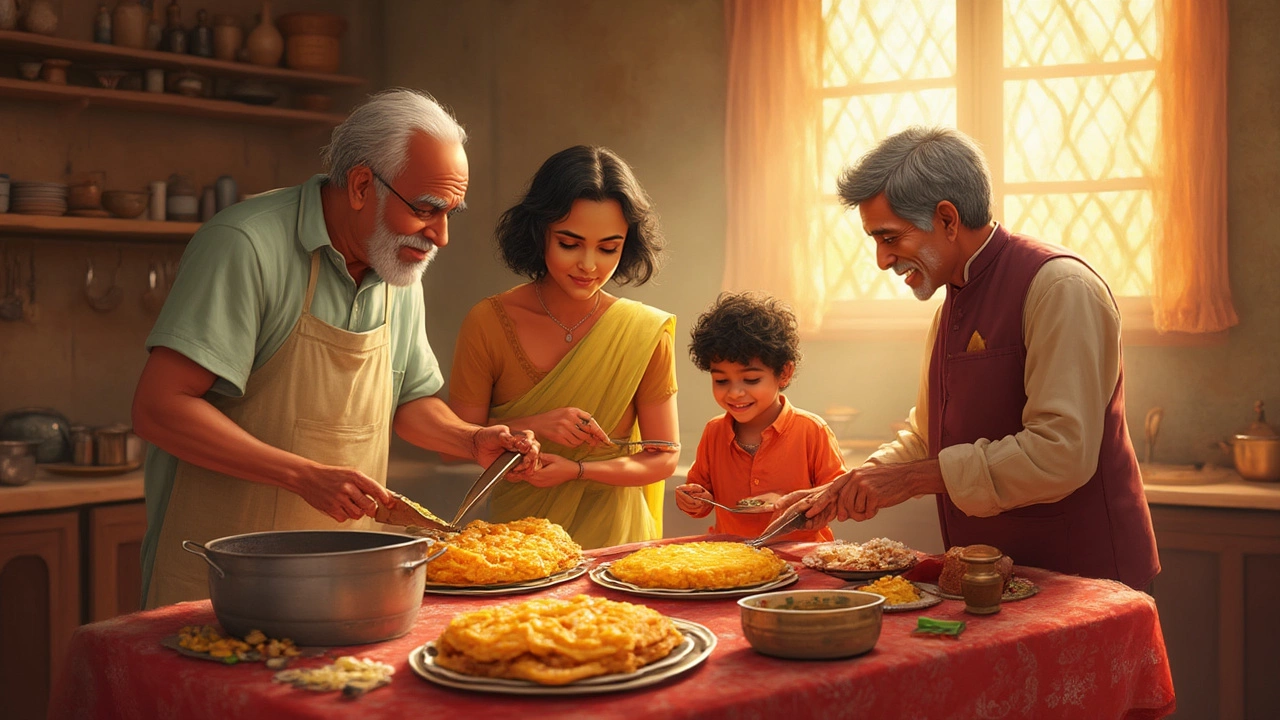
Discover Gujarat's National Food: The Story and Flavors of Dhokla
Uncover why dhokla is called the national food of Gujarat, its origins, recipes, regional twists, and facts that make it an unforgettable part of Gujarati culture.
If you’ve ever wondered what food best captures the spirit of Gujarat, the answer is clear – it’s dhokla. This fluffy, steamed cake made from fermented rice and chickpea batter is not just a snack; it’s a cultural icon that shows up at festivals, family gatherings, and street stalls across the state.
First off, dhokla is everywhere. From the bustling lanes of Ahmedabad to quiet villages, you’ll find it on every menu. Its popularity comes from a few simple factors:
Because it checks all the boxes – taste, nutrition, and simplicity – locals proudly claim dhokla as their state’s signature dish.
Ready to try it yourself? Here’s a straightforward recipe that takes about an hour, including resting time.
The key is not to over‑mix the batter and to steam it just right – too much steam makes it soggy, too little leaves it dry.
Besides dhokla, many Gujaratis also rave about fafda and thepla. Fafda is a crunchy chickpea flour snack, usually paired with spicy chutney and sweet mango pickles. Thepla, a thin flatbread with fenugreek leaves, makes a perfect breakfast or travel snack. While these dishes are beloved, dhokla remains the one that most people associate with Gujarat’s culinary identity.
If you’re traveling to Gujarat, ask locals for the best dhokla spot. You’ll often hear recommendations like “Dhokla House” in Ahmedabad or small street stalls in Surat that have been serving the dish for generations. Trying it fresh off the steamer, still warm, gives you a real taste of the state’s hospitality.
In short, dhokla’s universal appeal, health benefits, and deep roots in daily life make it the undisputed national food of Gujarat. Whether you’re cooking it at home or tasting it on a bustling street, you’re getting a bite of Gujarat’s culture, one fluffy piece at a time.

Uncover why dhokla is called the national food of Gujarat, its origins, recipes, regional twists, and facts that make it an unforgettable part of Gujarati culture.